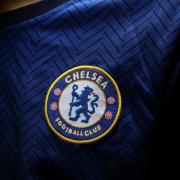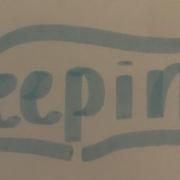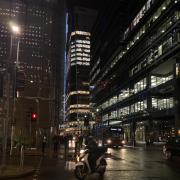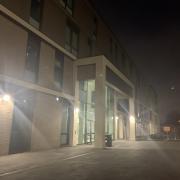
Am I pretty? Do I see beauty in myself and body? Am I beautiful? These are some of the questions that we ask ourselves nowadays- questions that arguably shouldn’t be asked. This question is asked by people of all ages- children and adults- and is caused a lot by social media platforms such as TV, magazines, adverts, etc… -all promoting skinny, toned girls, buff men and smooth, unblemished, ‘perfect’ skin.
The media has huge influence on how we view ourselves, and the increase of children and teens using social media platforms such as Instagram, Snapchat, Facebook, and many others, see their icons or models posing through the ‘beautiful’ body. When the audience see the people and compare their own bodies to them they feel ashamed and embarrassed. In fact, there is a growing link to mental health problems such as depression and body dysmorphia, which in some cases lead to bulimia and even suicide.
However, some forms of the media are trying to battle what a stereotypically beautiful body looks like by using disabled or unconventional looking people. For example, some models nowadays have a disability in which they require a wheelchair or have difficulty moving or talking. Some models are being employed with vitiligo- a condition in which white patches develop on the skin caused by a lack of melanin.
Even though the media are developing a normality to being disabled and having an unconventional body.
Just like the other day I saw an advert for a skinny muscular woman, smiling and happy that she was no longer ‘fat’, and once the advert finished, the closing line was “look and feel amazing”.


























